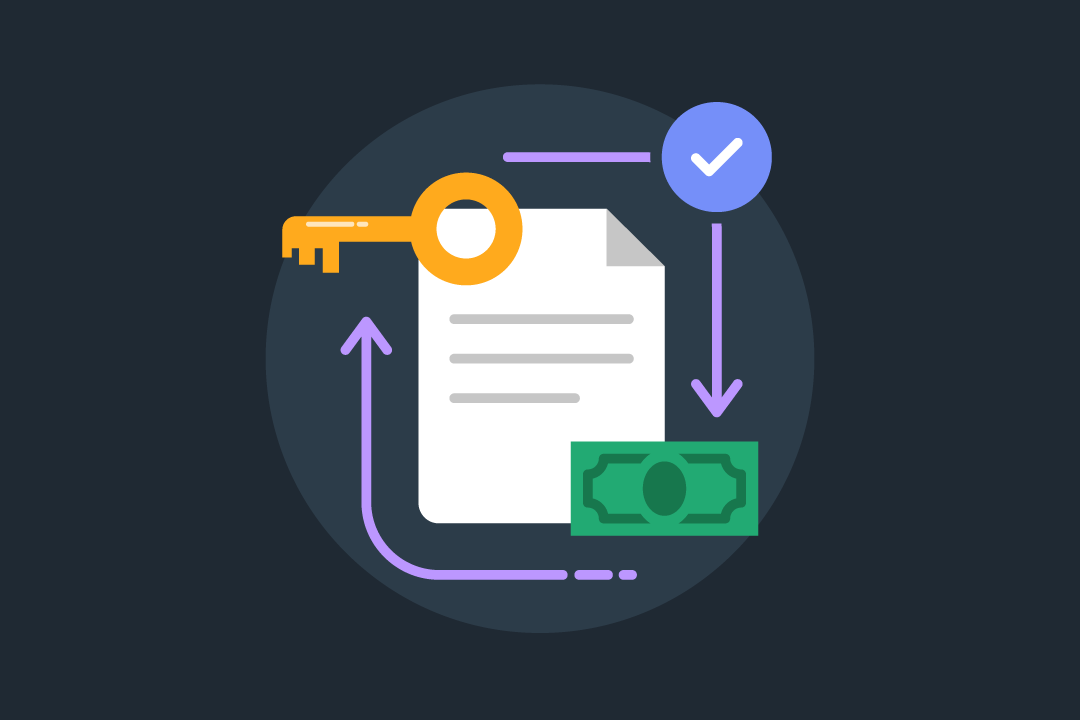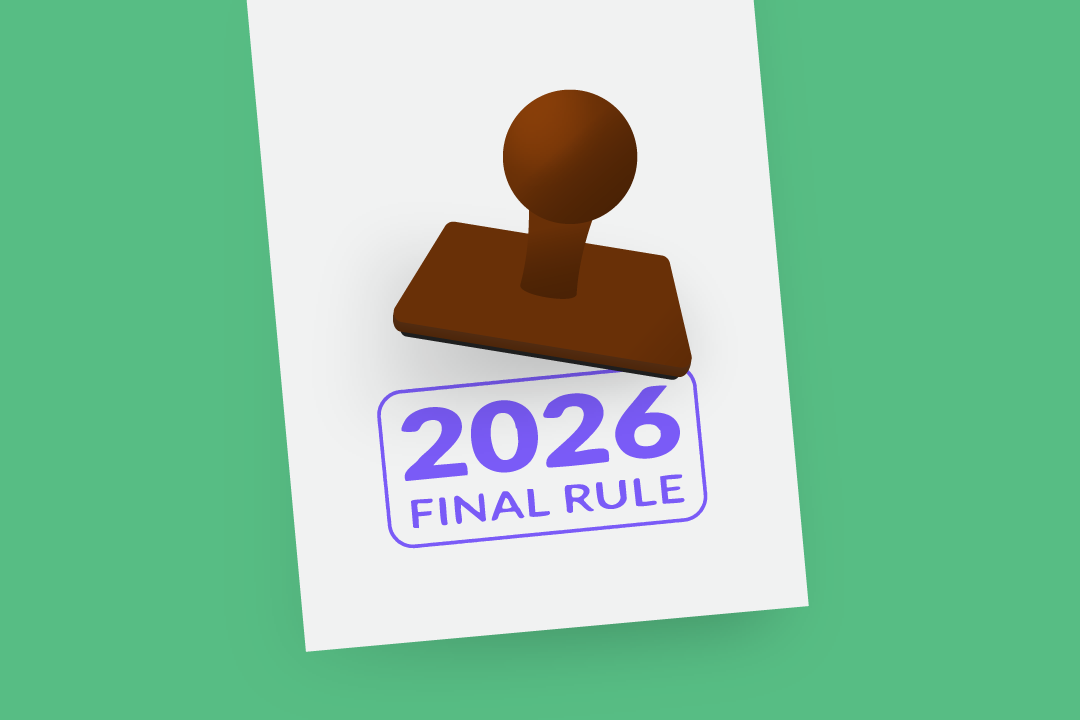Understanding Medicare Enrollment, Part IV: Non-Par Enrollment, Medicare Billing, and Patient Balance Billing
Here's how providers can handle direct access Medicare patients as non-participating providers and how they can bill for those services.

Subscribe
Get the latest news and tips directly in your inbox by subscribing to our monthly newsletter
This is part 4 of our series on electing Medicare Part B non-par status. This section will explore understanding how Direct Access affects Non-Par status and the new-for-2025 Plans of Care Medicare rules.
Direct Access in the U.S.
Thirty-one states have unrestricted direct access, while 29 states, the District of Columbia, and the U.S. Virgin Islands have direct access with provisions. Limited direct access allows patients to receive evaluation and treatment with certain stipulations, such as time or visit limits, or referral requirements for specific treatment interventions, such as dry needling, needle EMG, and spinal manipulation.
Direct Access and Medicare Part B
Remember, Participation and Non-Participation apply only to traditional Part B Medicare. Medicare Advantage plans use the same designations as commercial plans: In-Network and Out-of-Network.
Two things govern your relationship with Medicare:
- The Medicare Conditions of Participation: based on the Social Security Act, CFR 42.59 for OT, CFR 42.60 for PT, and CFR 42.62 for Speech
- Medicare Participating Physician or Supplier Agreement CMS-460
Whether you are Participating or Non-Participating, you agree to follow all Medicare rules and regulations. Those rules include the Medicare Online Manuals, which are a regulatory expansion of the Code of Federal Regulations. Non-Par status governs how and how much you can bill Medicare Part B beneficiaries for outpatient rehabilitation services.
Direct Access and Medicare Plan of Care Requirements
Since 2005, Medicare beneficiaries can go directly to a therapist without a referral or a visit to a physician.
To receive treatment under Medicare Part B, a patient must be “under the care of a physician." Under Medicare rules, this is demonstrated by a certified Plan of Care. This serves as evidence that Medicare has determined the patient is under the care of a physician. For 2025, the rules were expanded to allow a signed order for PT, OT, and Speech to serve as evidence of the patient being under the direct care of a physician for the initial certification period, as long as the POC is sent to the referring position within 30 days of the initial evaluation.
To make this point differently, unrestricted direct access in your state does not allow you to treat a Medicare Part B without a signed POC or an order for therapy services for the initial POC period. Medicare rules prevail due to your agreement to the Medicare Conditions of Participation.
Using a CPT-based Cash Fee Schedule
Many practices utilize a cash-based, out-of-network, non-par approach to payer contracting and collecting from patients at the time of service. Two common approaches to fee schedule design exist.
- Time period-based charges: These are based on having set rates for the length of treatment, e.g., 30-, 45-, or 60-minute treatments, regardless of the services delivered during the treatment.
- Service-based charges: These are based on fees assigned to CPT codes. These can be based on a discount rate applied to the practice’s master fees schedule, or can be set by establishing a specific cash amount to each CPT code to establish a separate cash-based fee schedule.
There are some critical considerations to setting a cash-based fee schedule. These include:
- Using CPT codes as service identifiers
- Alignment of billing records with documentation.
- Billing payers on behalf of patients versus using Superbills
- Consistency of collections at the time of service.
Using CPT codes as service identifiers and alignment of billing and documentation
It is important to remember that when using CPT codes to identify a service delivered to a patient, all the inherent CPT rules apply to the use of these codes. This means following the AMA midpoint minute rules and the definitions of the services described by the codes. When practices bill based on time periods, such as 30 minutes or 45 minutes, and use CPT codes to identify the services delivered on a superbill, the time represented by the 15-minute codes must correspond with the time period billed. For instance, billing a patient for a 30-minute treatment and then showing four service codes to represent the services delivered would imply that at least one service was performed for less than 8 minutes, which means it’s not reimbursable. This an example of why a cash-based fee schedule would be better. You can correctly apply the actual number of minutes of each service, then bill the patient by CPT code and/or the number of units by using the AMA midpoint minute rule.
Your fee schedule includes 97112, 97140, and 97530, each set at $25. Your treatment comprises 8 minutes of 97112, 9 minutes of 97140, and 10 minutes of 97530, totaling 27 minutes. You bill the patient $75 for these 27 minutes, and your documentation accurately reflects the billing charges submitted to the payer on behalf of the patient, or on the superbill that the patient will send to their payer. This is important, as you want your patients to receive the maximum out-of-network reimbursement.
Billing payers on behalf of patients versus using Superbills
As we have previously discussed, Medicare Non-Par providers must bill Medicare on behalf of their patients. When considering whether to have your out-of-network patients bill their payer or bill on their behalf, it enhances the customer experience if you handle the billing for them. Given that the patient’s share of cost will be higher in these situations, you may want to make it as easy as possible for the patients to recoup their fees from the payer.
Consistency of collections at the time of service
From a customer experience perspective, the workflow you employ to collect from the patient during each visit must remain consistent. This should also encompass how you generate superbills or submit claims on behalf of the patients. In cash-based practices, this consistency and the methods used to complete these tasks are strongly correlated with customer satisfaction.





